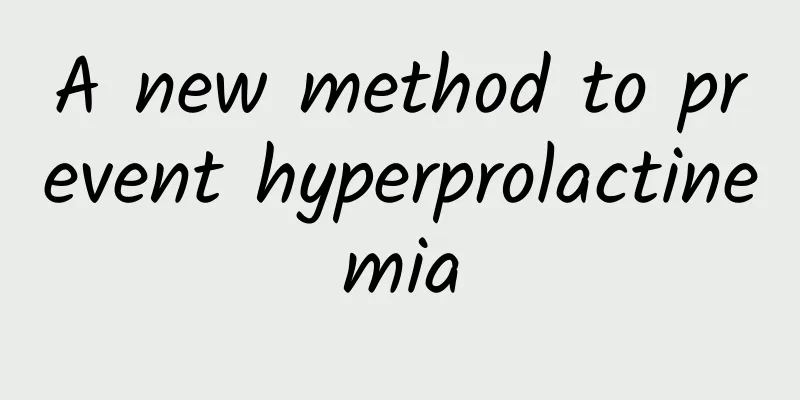What are menstrual diseases

|
Menstrual disorders, as the name suggests, refer to various abnormalities that occur during a woman's menstrual cycle. There are actually many types of menstrual disorders, the most common of which include dysmenorrhea, irregular menstruation, amenorrhea, excessive or insufficient menstrual flow, etc. Each condition has its own unique symptoms and causes, and understanding these can help women better manage their health. Dysmenorrhea is a menstrual disorder experienced by many women, usually manifested as lower abdominal pain during menstruation. Dysmenorrhea can be divided into primary and secondary types. Primary dysmenorrhea is more common in young women and often occurs shortly after menarche, while secondary dysmenorrhea may be caused by diseases such as endometriosis and pelvic inflammatory disease. Although dysmenorrhea is common, if the pain seriously affects your daily life, it is recommended to seek medical attention in time. Menstrual irregularity refers to irregular menstrual cycles, including menstrual cycles that are too long or too short, or irregular menstrual periods. There are many reasons for irregular menstruation, which may be related to stress, diet, weight changes, endocrine disorders, etc. Sometimes, irregular menstruation may be a warning signal from the body, such as diseases such as polycystic ovary syndrome. Amenorrhea refers to the absence of menstruation in women of childbearing age. Normally, women start menstruating during puberty and continue until menopause. However, if menstruation stops for more than three months during this period, it is called amenorrhea. Causes of amenorrhea may include pregnancy, breastfeeding, low body weight, strenuous exercise, excessive stress, etc. Certain diseases such as pituitary adenoma and premature ovarian failure may also cause amenorrhea. Excessive or insufficient menstrual flow is also a common menstrual disorder. Excessive menstrual flow may lead to anemia, while insufficient menstrual flow may affect fertility. There are many reasons for abnormal menstrual flow, which may be related to uterine fibroids, endometrial hyperplasia, abnormal thyroid function, etc. Whether the menstrual flow is too much or too little, it is the body's way of reminding us to pay attention to our health. Women don’t need to worry too much about menstrual disorders, but they should not take it lightly. Maintaining good living habits, eating a balanced diet, and having regular physical examinations are all effective ways to prevent and manage menstrual disorders. If you experience any discomfort, it is key to seek medical help in a timely manner. A healthy lifestyle combined with professional medical guidance can help us better cope with the challenges brought by menstrual disorders. |
<<: How much does uterine fibroid surgery cost?
>>: What is an erosive hydatidiform mole?
Recommend
Diet and weight loss during menstruation can cause irregular menstruation
According to statistics, young girls make up the ...
What are the symptoms of female cervical erosion? These three common clinical manifestations of female cervical erosion
Cervical erosion is a very common gynecological d...
Recommended hospitals for abortion
Improper abortion can also lead to female inferti...
Dietary taboos for uterine leiomyoma What can you eat for uterine leiomyoma
Uterine fibroids are the number one disease for w...
Can chronic cervicitis be transmitted to others?
Cervicitis can be divided into acute and chronic ...
How to implement a low GI diet? Tips for choosing meals when dining out
Eating out of the home is another challenge you f...
How to prevent chocolate cysts?
How to prevent chocolate cysts? Chocolate cysts a...
What is the situation of irregular uterine fibroids? What does irregular uterine fibroids mean?
What is the irregularity of uterine fibroids? Wha...
Can adenomyosis lead to cesarean section?
As we all know, adenomyosis is very harmful to wo...
Why do cervical warts always recur?
The recurrence of cervical warts makes patients l...
Understand the reasons why women may have irregular menstruation
It is common for women to have irregular menstrua...
Introduction to the examination of congenital absence of vagina
Married women are most worried about gynecologica...
Which department should I go to for irregular menstruation
Menstrual irregularity refers to irregular or abn...
What is the reason for bleeding after curettage?
Curettage is a very common abortion surgery. Ther...
There are two main causes of irregular menstruation:
Irregular menstruation is a gynecological disease...









